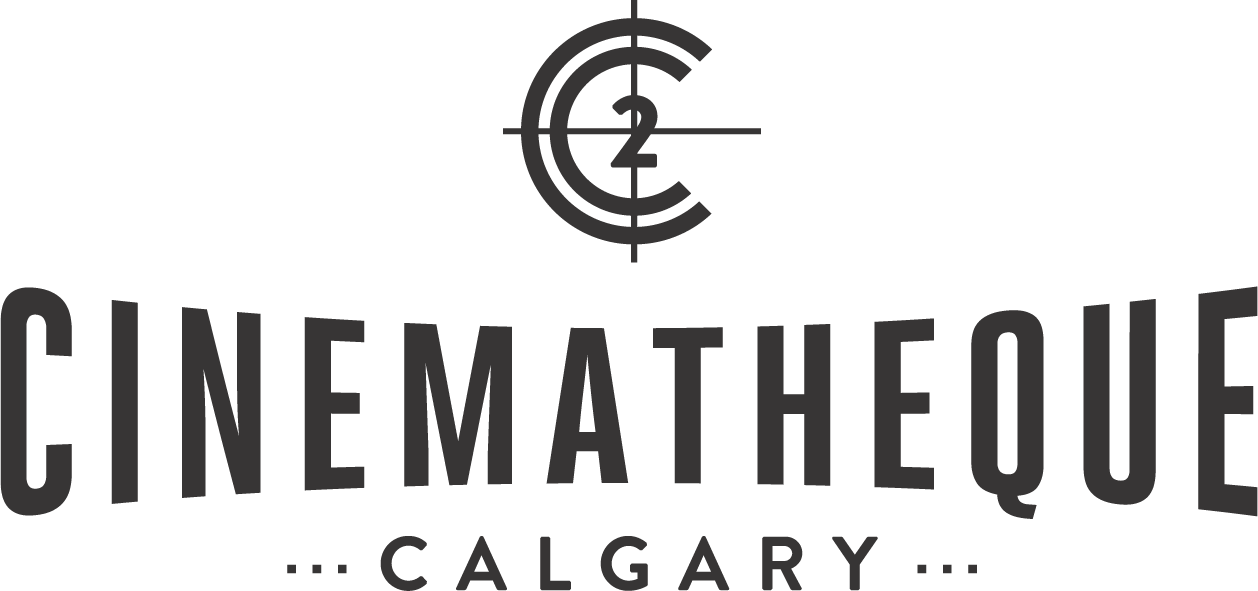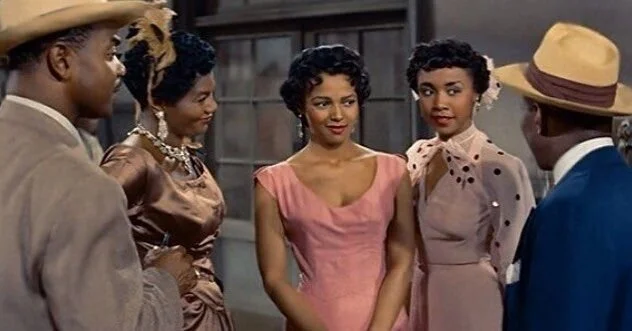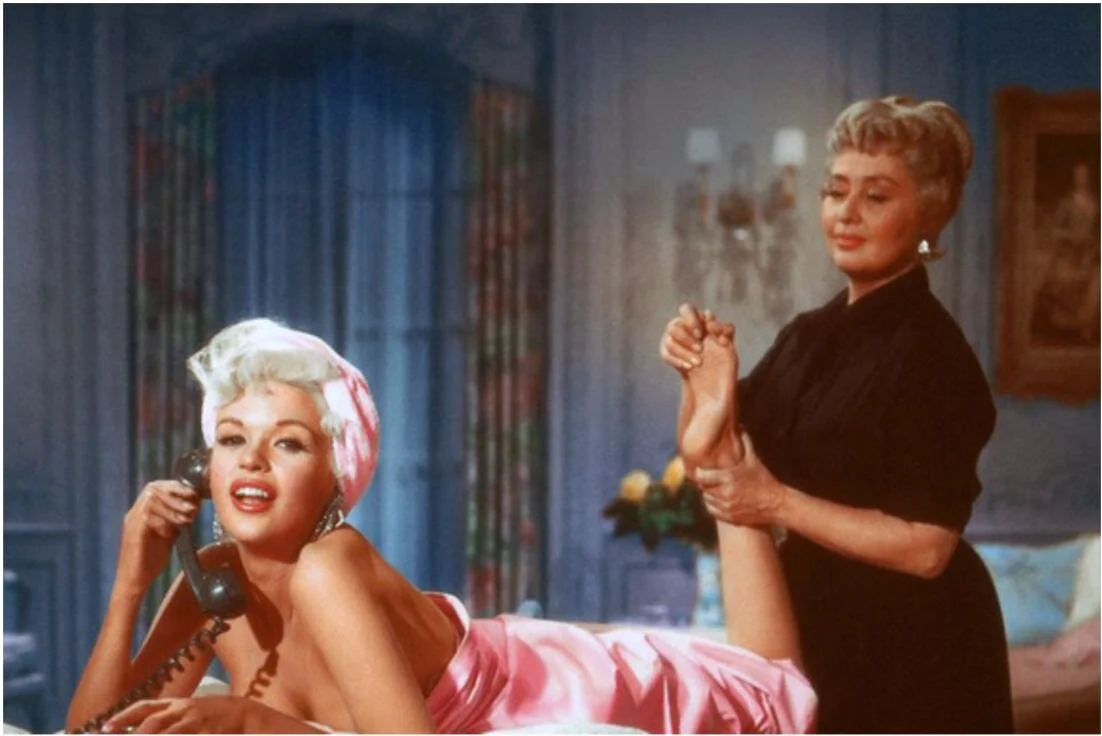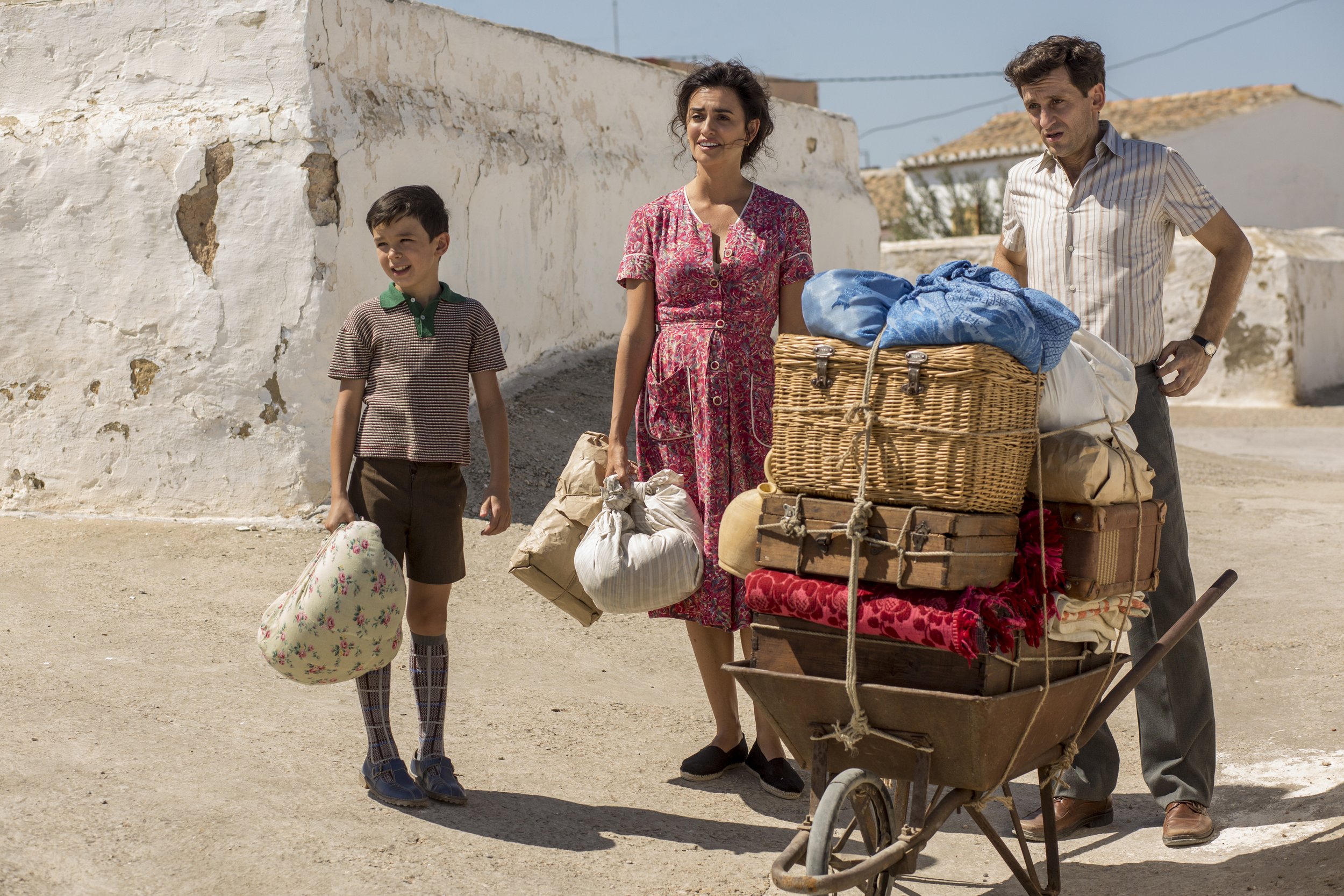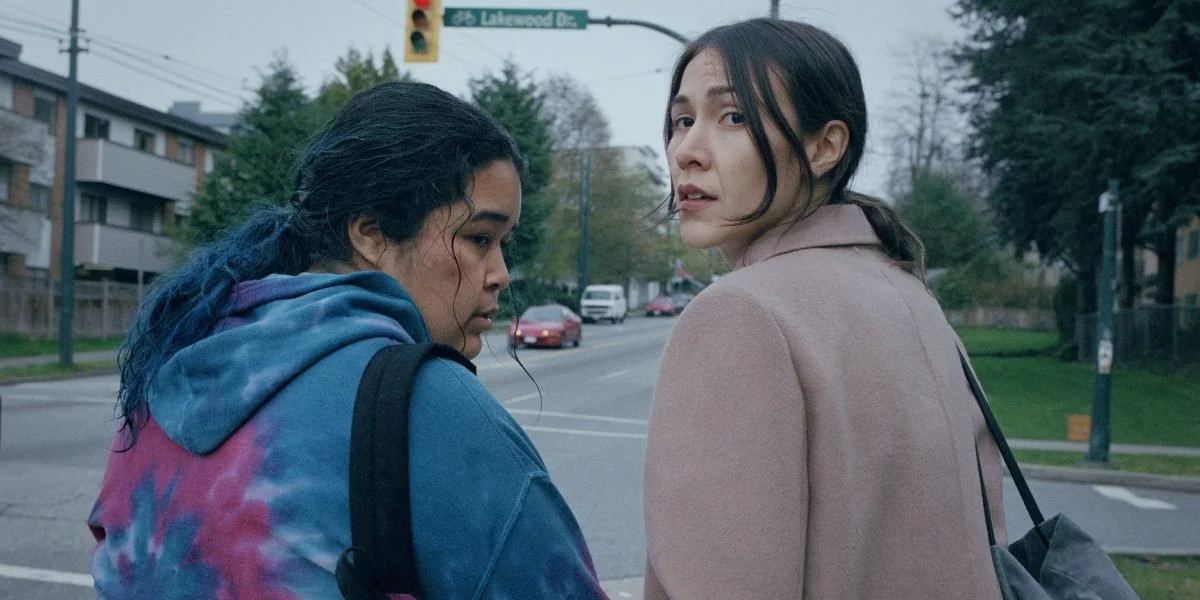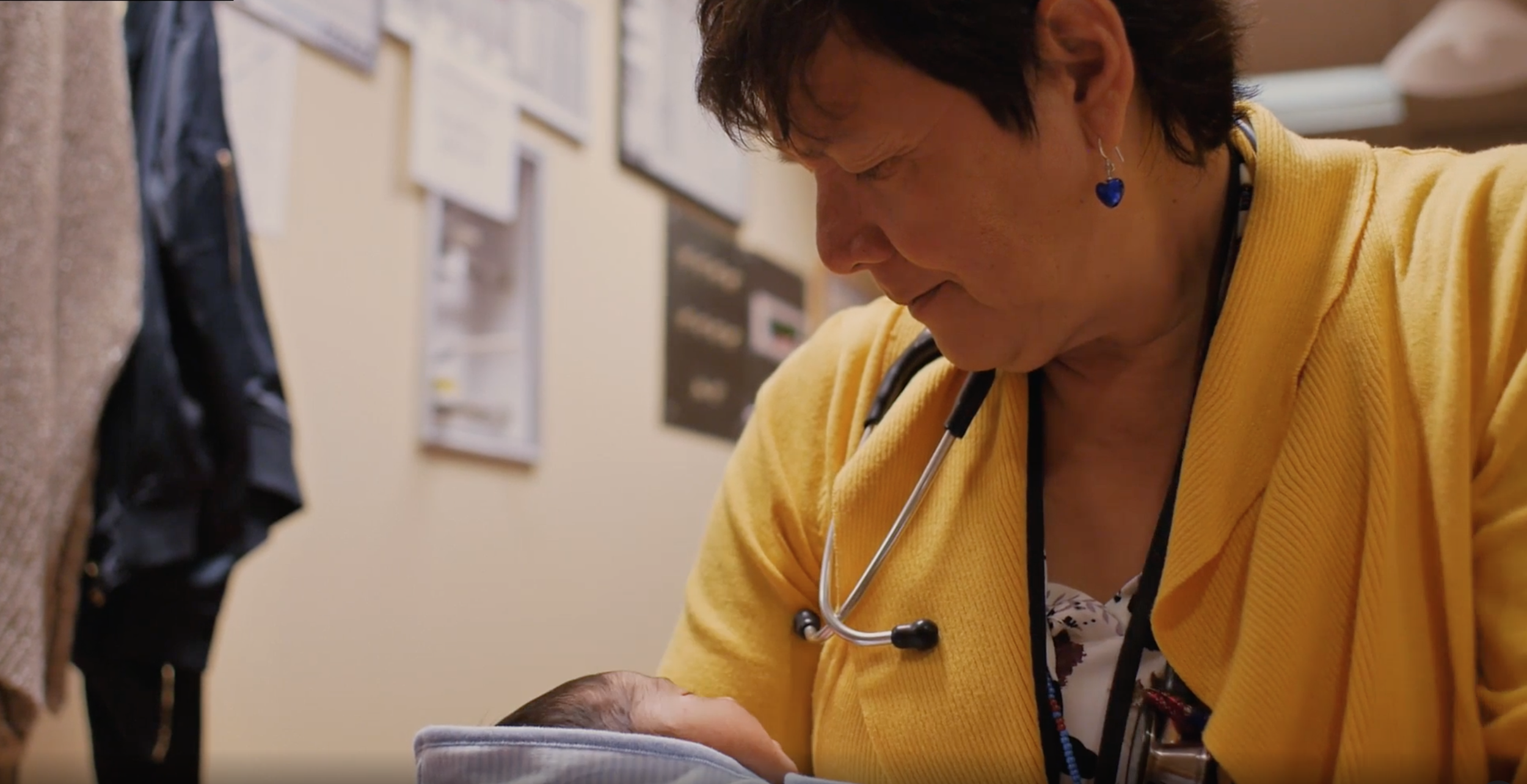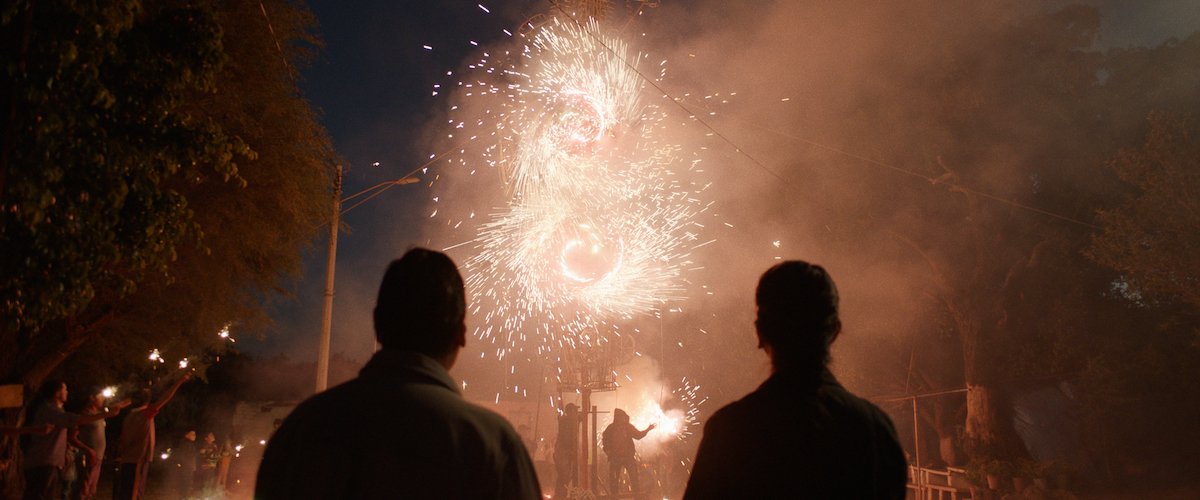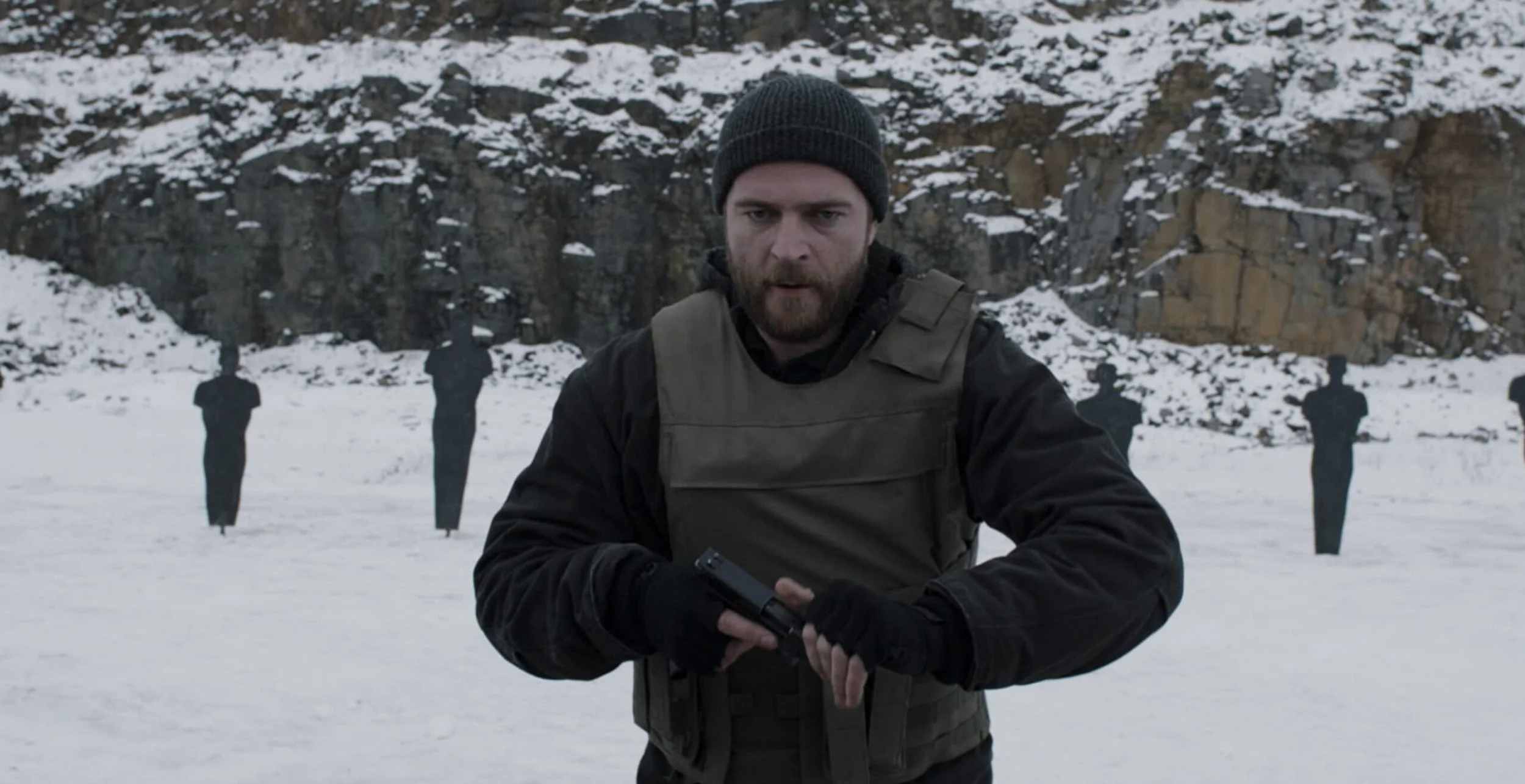2021-22 SEASON
For the Cinematheque's 15th year we are celebrating our past and embracing our future. The COVID-19 pandemic created challenges for movie theatres the world over, and the Cinematheque had to suspend operations at times and explore alternative means of film exhibition at others. For our first full season back, we are excited to announce a number of changes in how we are programming our films.
First, we are moving to a year-round season, with shows every two weeks. This helps us better connect with our audience, grow regular attendance, without asking too much at a time when many are still careful about how many outings they feel comfortable attending. Next, we will be dropping our long running Spotlight, Focus, and Master categories, as well as running more series in the season with fewer films in each. This will allow us to include more diversity in the season's films, as well as program along broader themes on topics that matter to our community and are more responsive to the world we live in. Our Contemporary World Cinema series will continue, as will our partnership with the public library.
Focus: tecHNICOLOR
For some considerable time, the industrial and commercial worlds have pursued new gadgets and gimmicks with haste. By the years 1954 and 1955 a tipping point has recently been reached by way of the commercial television and its prevalence within the home, American or otherwise. Hollywood’s talent farm magnates see this as a crisis in need of immediate management. These are the years it is commonly imagined Technicolor took off. Not exactly so. Colour and colourization for the cinema are nearly as old as the form. In the days of early silents: primarily dyes, as with postcards, though with some more involved dye bath processes entering the picture. Before their premier feature film debut as going concern in the field of three-strip colourization, the 1935 RKO-distributed Becky Sharp, the team at Technicolor has been striving inconsistently to achieve its excellence. The secret recipe: red, green, and blue light. Other patents will be subsequently submitted and ultimately stamped, other colour process operations boasting of their three strips, this a new and increasingly available magic.
Japanese Theatre
In the 14th century, the culture of Japan began its grand theatrical tradition, starting with the mythic Noh, known for its deliberate movements and iconic mask. Kyogen for its short form comic relief. Progressing into the more well known Kabuki in the 16th century, which uses stylized performances and elaborate make-up; and bunraku, which is puppet theatre; among many others. All traditions exemplified the cultural, spiritual, social and gender archetypes of their times. Continuing into the 20th century, Japan’s theatrical tradition absorbed various western traditions, ranging from Shakespearean drama to experimental and surreal visions.The Calgary Cinematheque’s series on Japanese Theatre focuses on the key forms of Noh and Kabuki, and aims to show the history of the influence cross-culturally, of East and West in the cinematic lexicon.
A Month of Almodóvar
At their core, Pedro Almodóvar’s films are about lonely people yearning for some sort of connection. His characters are obsessive, self indulgent, and unashamed, with women often at the centre of his films, driving the narrative. Arguably the most popular and important filmmaker to have emerged from Spain, Almodóvar gained critical acclaim for his provocative and sometimes campy storytelling. The world of his films exists in vibrant colour. He isn’t subtle and that translates in the look of his films. Bold and colourful designs take hold of everything from the smallest object to the most meaningful centrepiece, saturating everything from the costumes to the set design and lighting. The films chosen for this series highlight the key themes of his body of work: Catholicism, motherhood, addiction, sexuality and transgender issues.
COURAGEOUS comedians
In the era of silent movies, physical comedy was king. Daredevil performers like Buster Keaton and Harold Lloyd pulled off hair-raising stunts that also tickled the funny-bone of their adoring audiences. Sound film allowed wit and banter to find their place on the silver screen, but slapstick needed no language and enabled stars like Jackie Chan to find international acclaim. Inspired by silent film comedians and Chinese opera, Chan spearheaded a new brand of action comedy combining stunts and laughs with excellent fight choreography. The courage of Keaton and Chan was in their daredevil stunts, but Elia Suleiman demonstrated artistic courage in his trilogy of black comedies exposing the absurdities of life in Palestine, while pulling from the tradition of deadpan and visual humour used decades earlier by Keaton. The Calgary Cinematheque is excited to present a series that showcases the way influences iterate across time and distance.
the original storyteller’s edition
For Season 15 we wanted to engage with our wonderful film community a bit more and started thinking how community could play a more active role in our organization, potentially as guest programmers. Programmed by Trevor Solway, Sinakson, a Blackfoot filmmaker from Siksika Nation, this series shows 3 powerful films directed by Indigenous Filmmakers.
PHANTASMAGORIA
When Stanley Kubrick advertised his masterpiece, 2001: A Space Odyssey, as “The Ultimate Trip” in 1968, he was signalling a sign of the times. The 60’s had been a convulsion of social and cultural change, and cinema was no different. Notably, in Europe and Asia, filmmakers, writers, and actors began to provocatively experiment with radical, non-linear ways of presenting film to audiences. The titles in the Calgary Cinematheque’s Phantasmagoria series are but a brief sample of these experiments. Funny, scary, romantic, and psychedelic, these movies utilize some of the greatest strengths that the motion picture has yet discovered. Exotic images, kaleidoscopic colours, otherworldly sounds and chimeric illusions suggest a primordial, Jungian realm of the senses that only cinema can reveal.
Contemporary World Cinema
One-time opportunities to find rising masters and see critically acclaimed, under-exposed world cinema.
